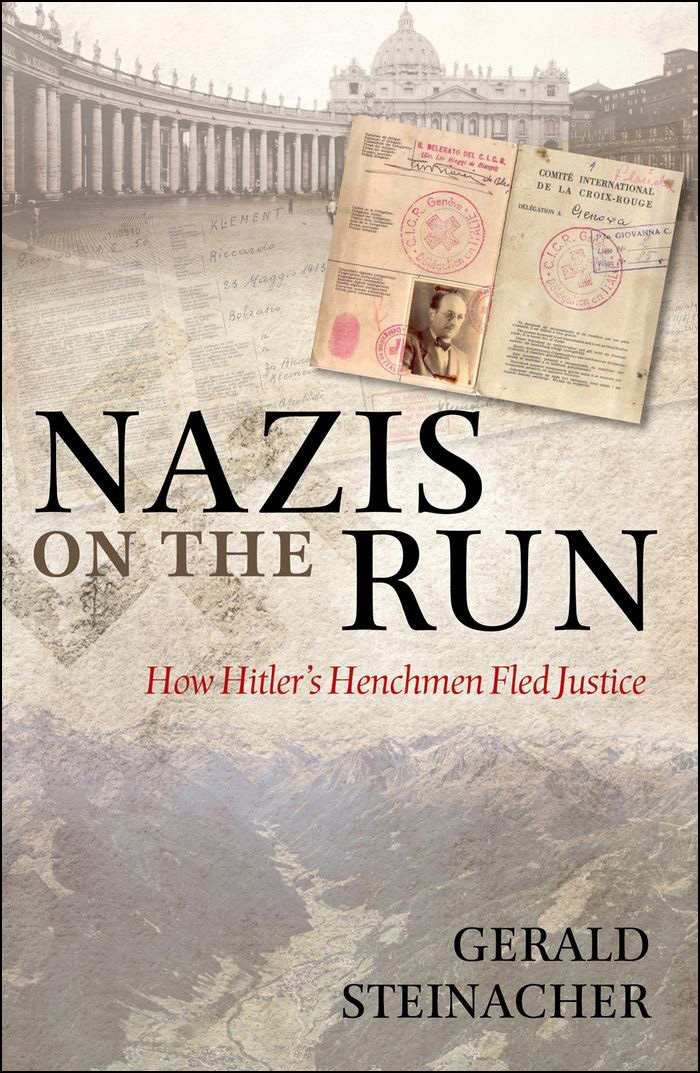
Nazis On The Run-How Hitler's Henchmen Fled Justice PDF
Preview Nazis On The Run-How Hitler's Henchmen Fled Justice
This is the story of how Nazi war criminals escaped from justice at the end of the Second World War by fleeing through the Tyrolean Alps to Italian seaports, and the role played by the Red Cross, the Vatican, and the Secret Services of the major powers in smuggling them away from prosecution in Europe to a new life in South America.
The Nazi sympathies held by groups and individuals within these organizations evolved into a successful assistance network for fugitive criminals, providing them not only with secret escape routes but hiding places for their loot.
Gerald Steinacher skillfully traces the complex escape stories of some of the most prominent Nazi war criminals, including Adolf Eichmann, showing how they mingled and blended with thousands of technically stateless or displaced persons, all flooding across the Alps to Italy and from there, to destinations abroad.
The story of their escape shows clearly just how difficult the apprehending of war criminals can be.
As Steinacher shows, all the major countries in the post-war world had 'mixed motives' for their actions, ranging from the shortage of trained intelligence personnel in the immediate aftermath of the war to the emerging East-West confrontation after 1947, which led to many former Nazis being recruited as agents whose skills were used in the Cold War (Operation Paperclip).
About the Author
Gerald Steinacher is currently a Joseph A. Schumpeter Research Fellow at the Center for European Studies at Harvard University and Lecturer on Contemporary History at the University of Innsbruck, Austria.
Originally Published 2011, now out of print and only available as a digital release.
